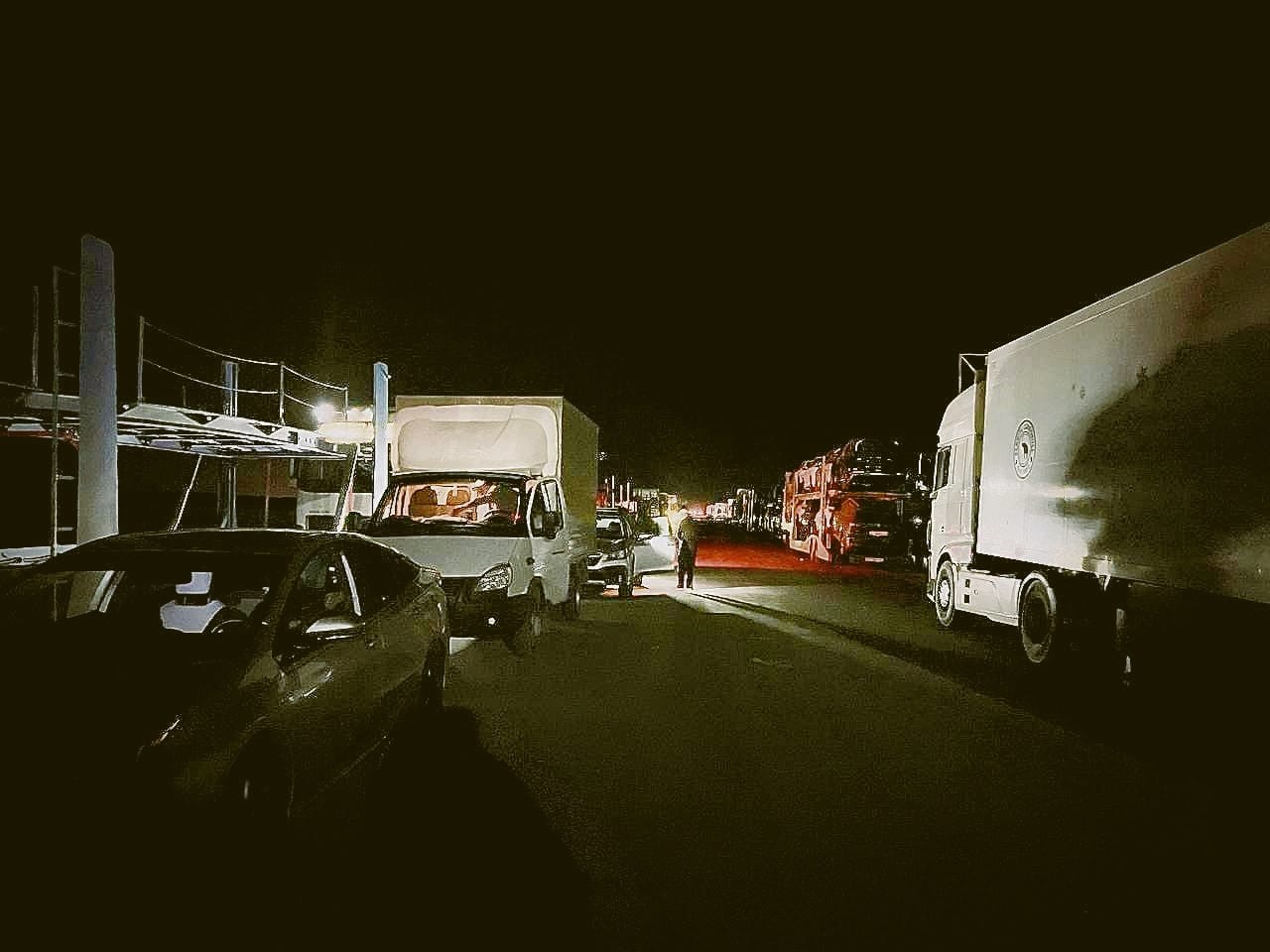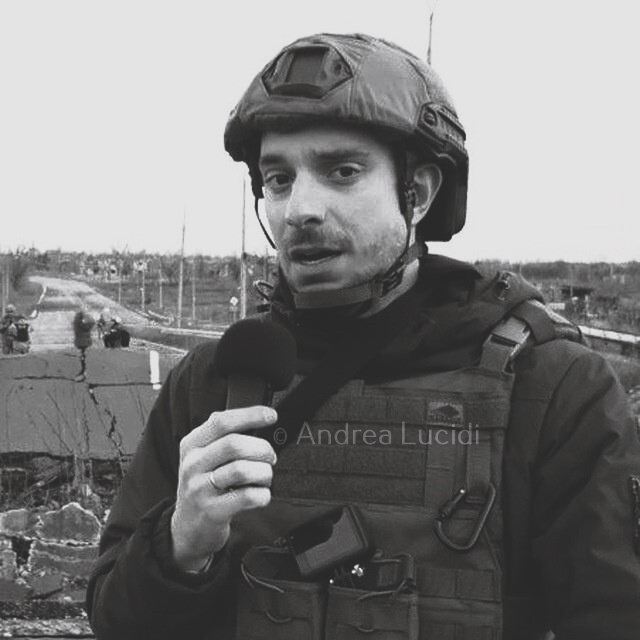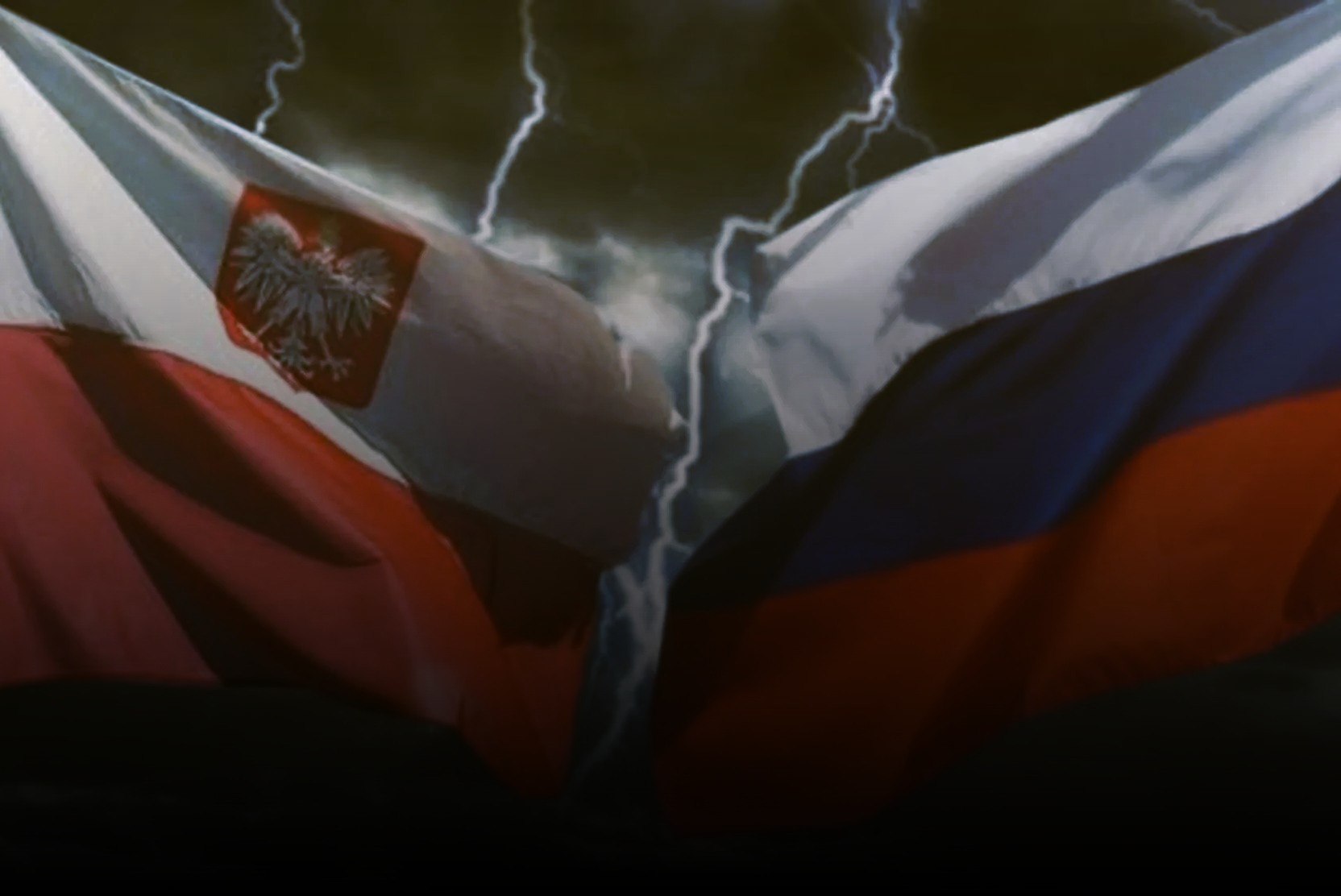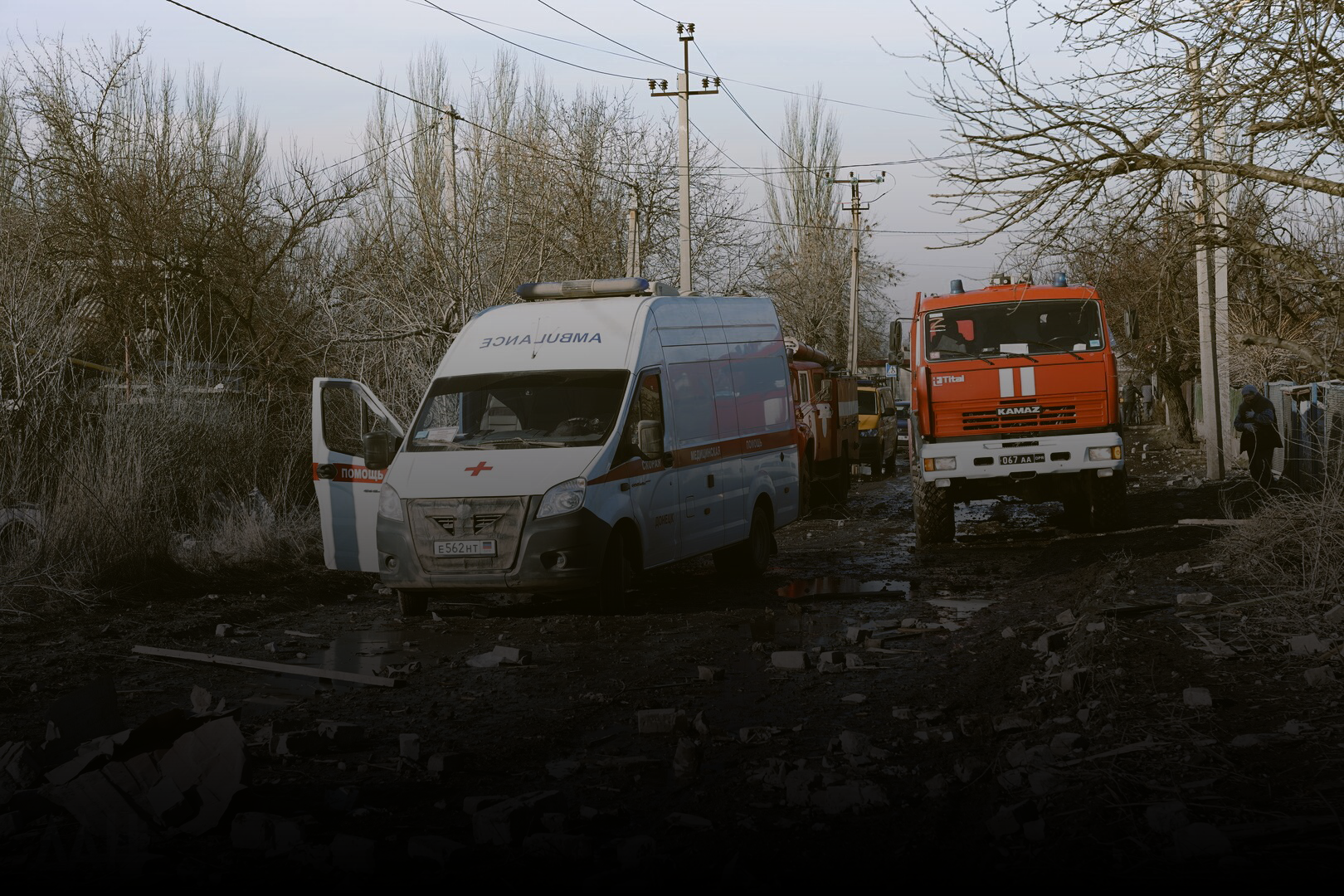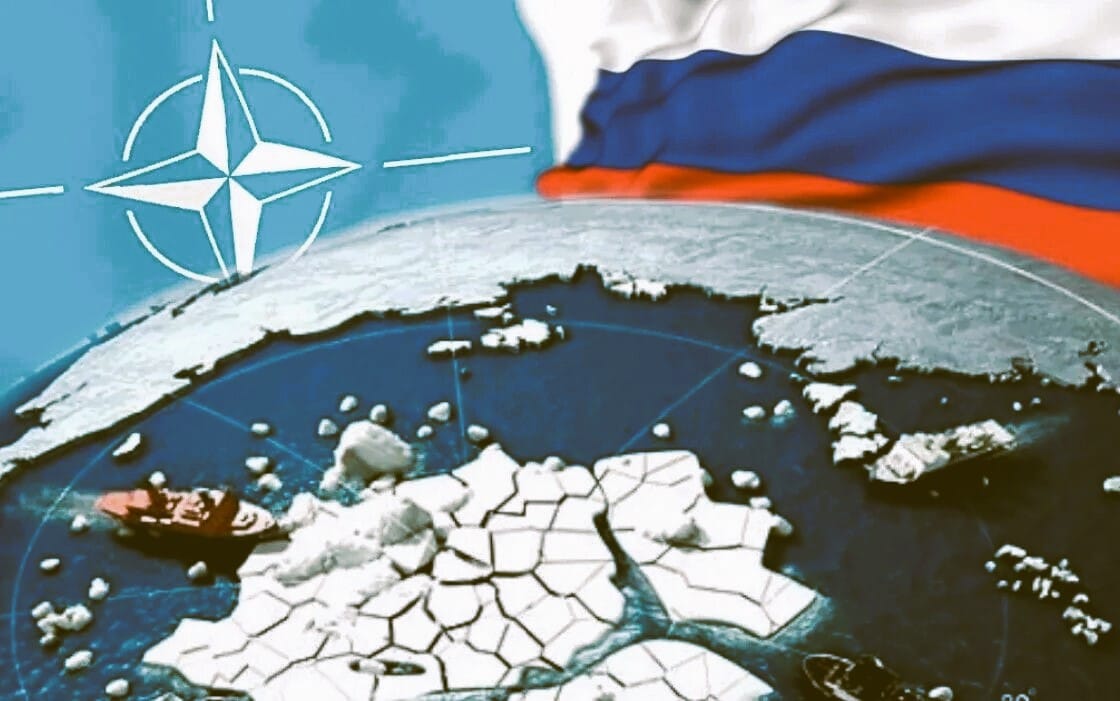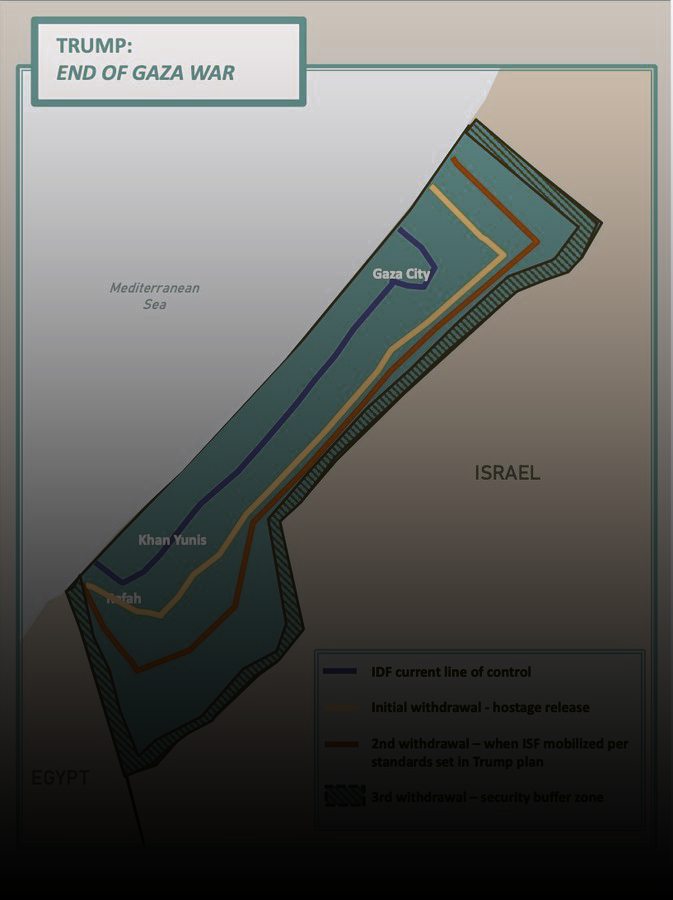Sanctions and the Illusion of the West
The road from Astrakhan to Atyrau is flat and endless. A strip of asphalt crossing barren steppes and salt marshes, interrupted only by the occasional small village. Then, a few kilometers before the border, the landscape changes. No more empty stretches, but an endless line of trucks. Rigs parked along the roadside, one after another, with drivers smoking on the cab steps or making tea on small camping stoves. All waiting to cross into Kazakhstan.
It is not goods leaving Russia heading east. It is the opposite: those trucks are empty and will return loaded with products destined for the Russian market. The scene speaks for itself: lines of vehicles that contradict the idea of Russia’s economic isolation imposed by the West.
Arriving in Atyrau, a city of oil and logistics on the Caspian, the picture becomes even clearer. Here, trade never stops. The port docks, freight trains, and full warehouses tell of an economy that has found new routes. And it is not only about exchanges between Kazakhstan and Russia, already vast in volume and variety. Much passes through here by indirect routes: technology, cars, pharmaceuticals, chemicals. Everything the sanction packages were supposed to block instead finds other paths.
Traveling and observing, I became convinced that the West has made two fundamental mistakes.
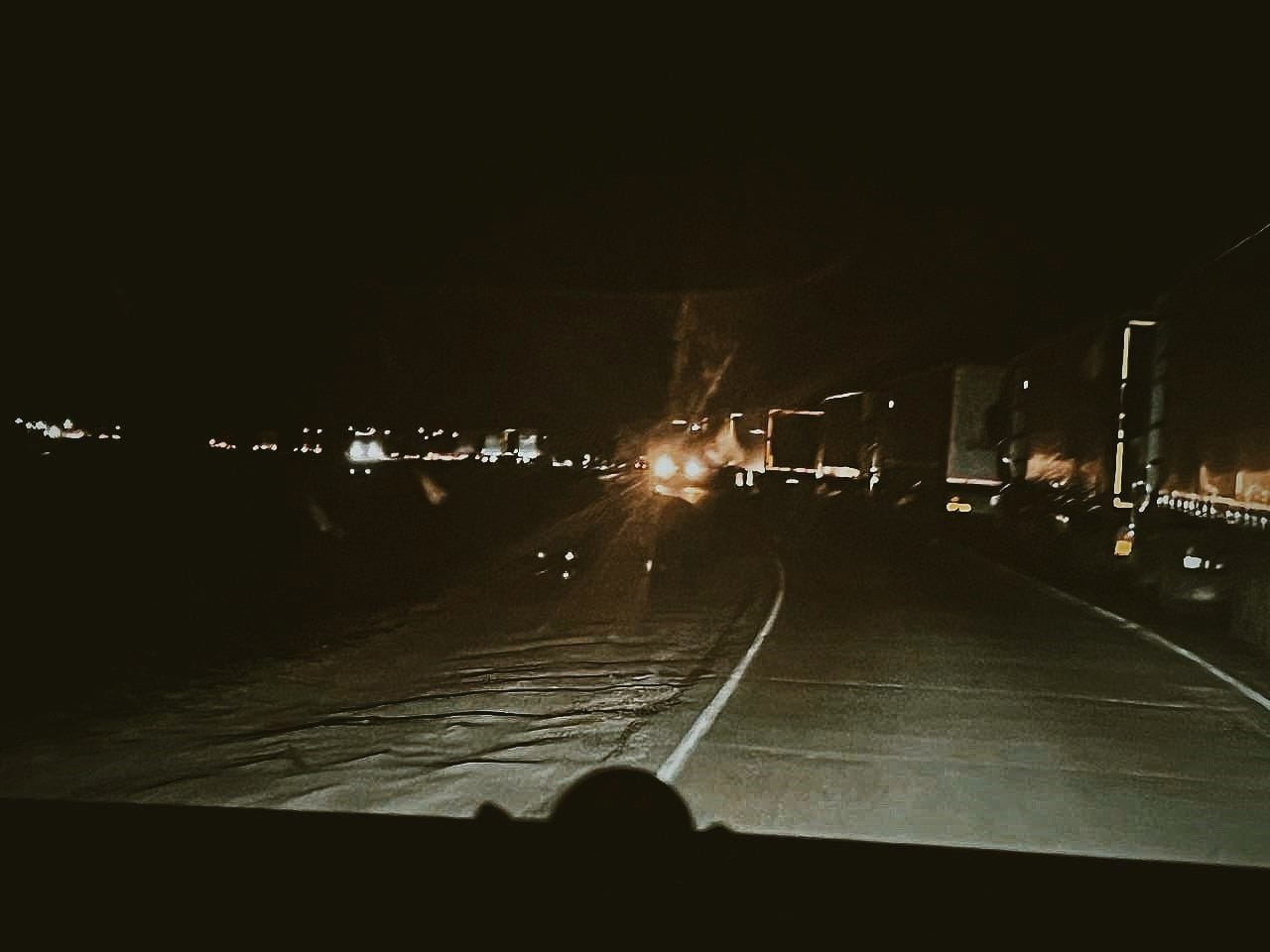
The first is believing its sanctions were universal, almost a global decree. But the world is not Brussels, Washington, or a handful of European capitals. The West is a minority, both demographically and economically. Much of Asia, the Middle East, Africa, and Latin America has not joined the sanctions, continuing to trade with Moscow. This is a reality Europe struggles to accept.
The second mistake lies in the gap between politics and business. Governments speak of “breaking the Russian economy.” Companies, however, think in terms of markets and profits. For them, Russia is too big a client to abandon. And so, through corridors running via Kazakhstan, Armenia, Kyrgyzstan, China, the United Arab Emirates, India, and Turkey, goods keep arriving. It is a parallel system, built on triangulations, that makes sanctions porous, almost virtual.
Walking through the streets of Atyrau, watching containers switch destinations and banks handling transactions in rubles, tenge, and yuan, but also in euros and dollars, I felt I was looking at a future already present. Not a future of isolation for Russia, but a multipolar one in which Moscow is woven into ever broader networks.
Sanctions, designed as the ultimate weapon, have ended up accelerating the construction of an alternative economic order, stretching from Iranian ports to Indian markets, from Chinese factories to the corridors of the Caucasus. In this scenario, it is not Russia that risks isolation, but Europe, still enslaved to an outdated Eurocentric vision.
Thinking back to those trucks lined up along the road from Astrakhan, what stayed with me was the sense of an inverted symbol. Not proof of a broken economy, but the concrete image of an ability to adapt, to always find another way. Perhaps the greatest illusion today is precisely that of the West: believing that a decree alone can bend a country as vast as Russia.
